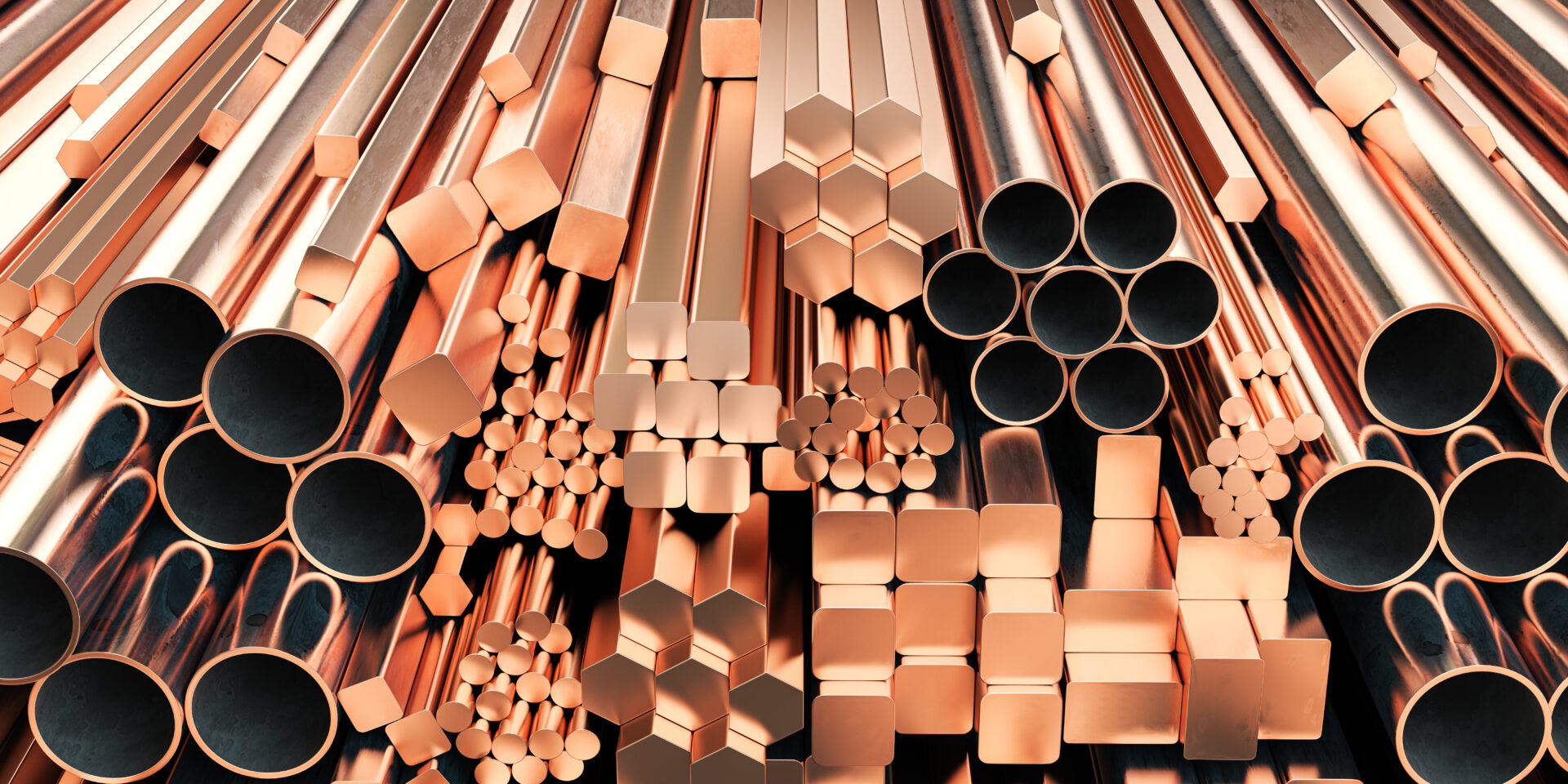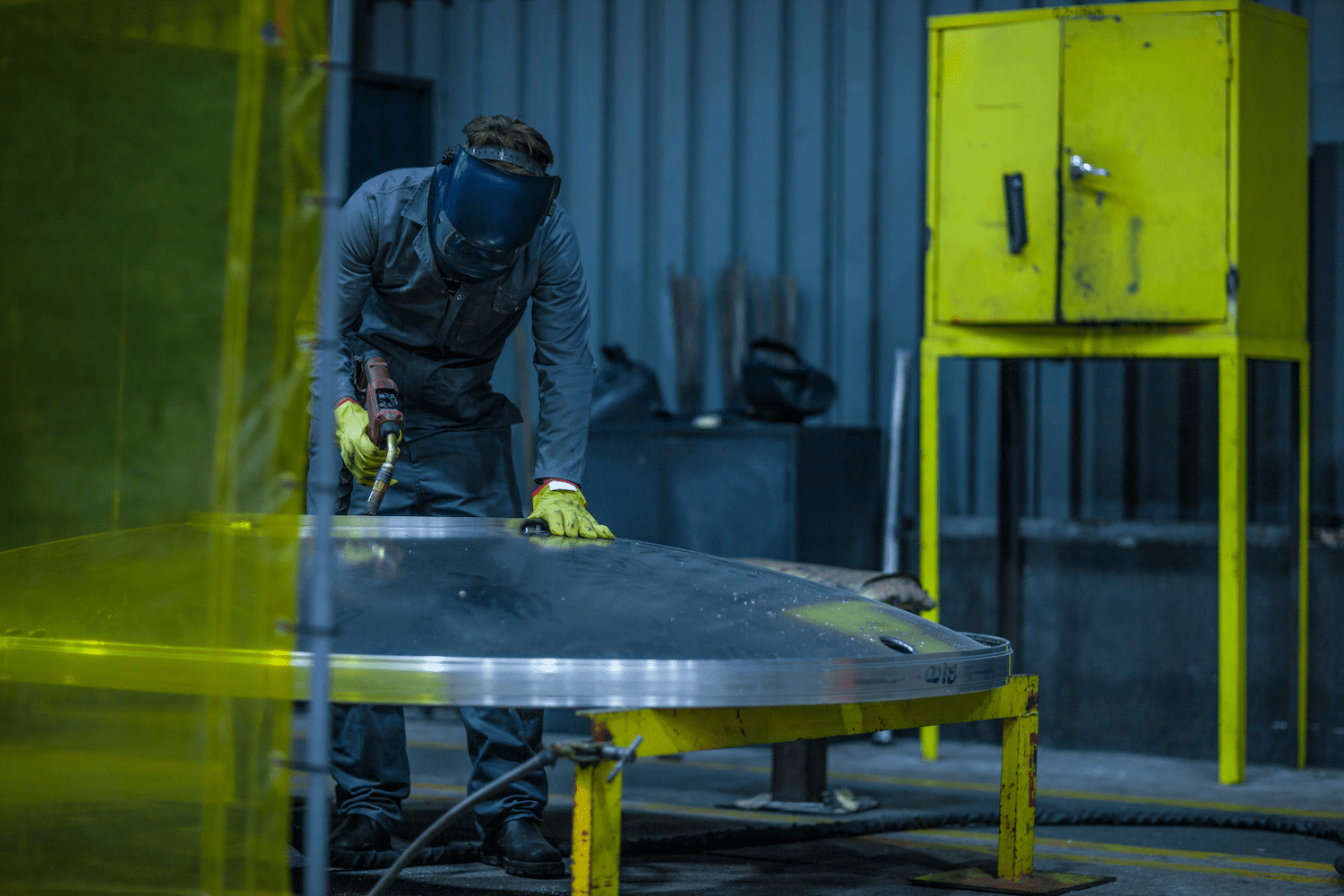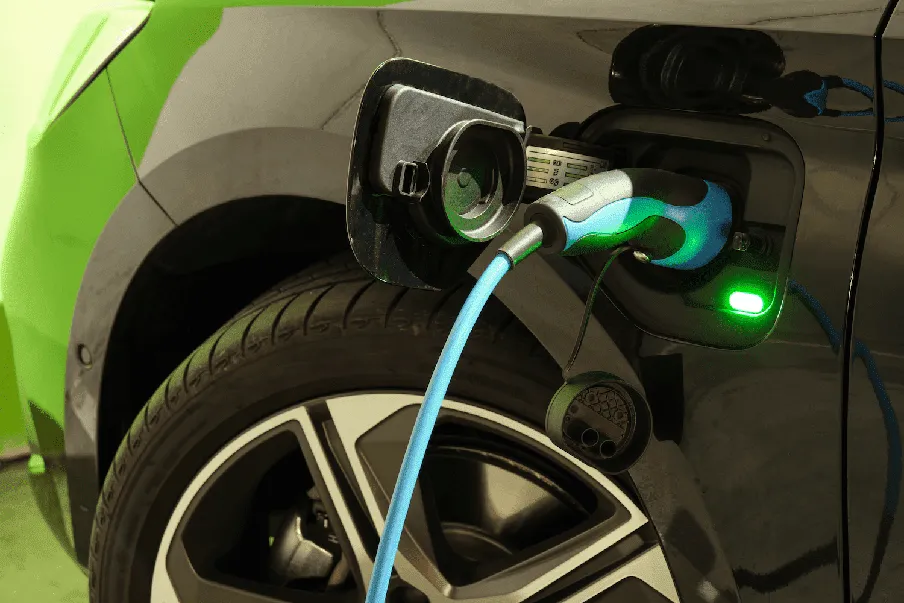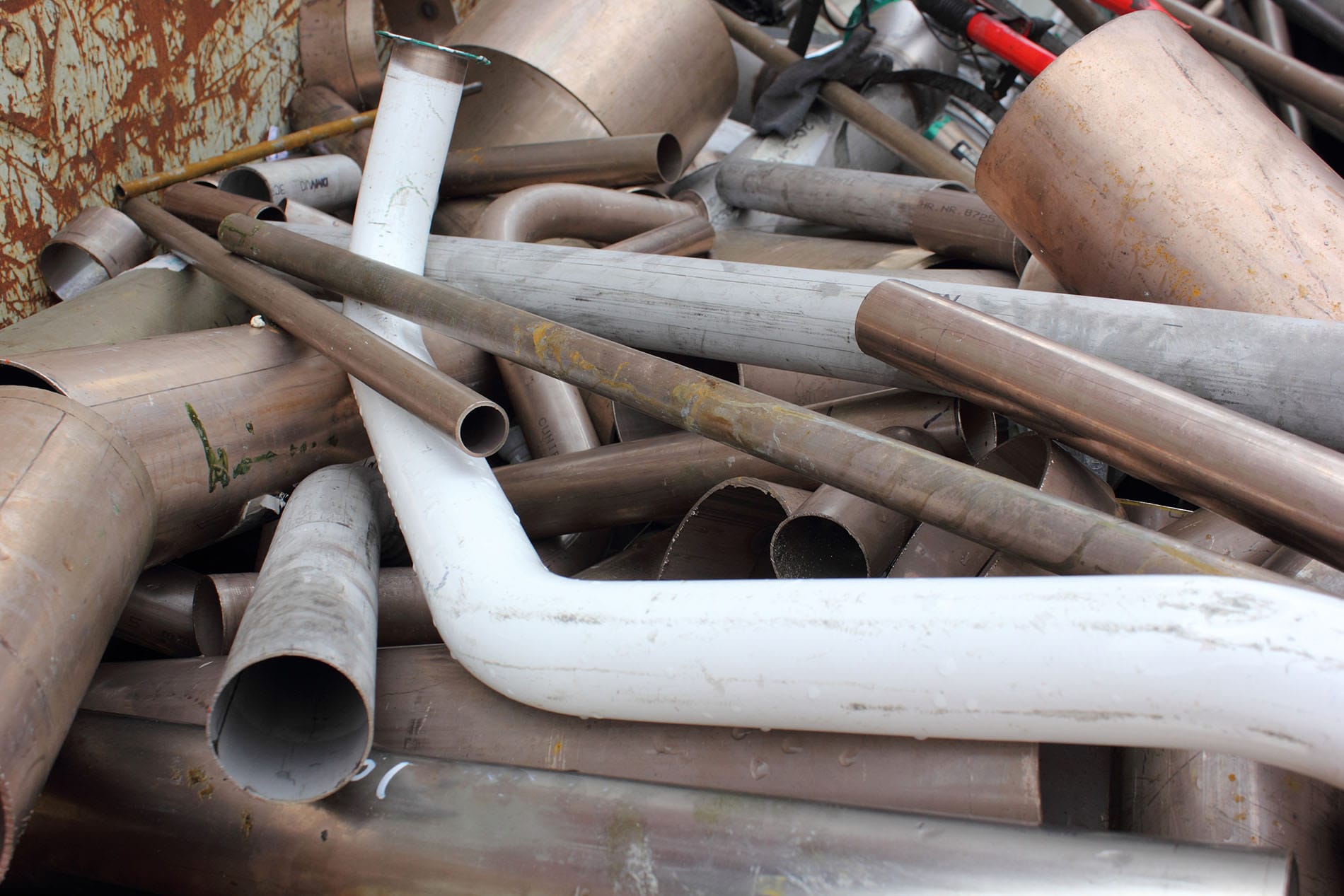
If you want to get into the scrap metal and the scrap iron trade, you need to know the difference between ferrous and non-ferrous metals. You also should be aware that not only can you make money trading metals, you can also help the environment by contributing to ferrous and non-ferrous metal recycling, which can help keep contaminated parts out of the environment.
If you’re a local business interested in recycling scrap metal, it’s important to know the difference between the two key types of scrap: ferrous and non-ferrous metals.
There are plenty of different types of each and they’re used in different ways by different industries. The difference could also be summed up in one word: iron. Ferrous metals contain iron, while non-ferrous metals do not.
That’s why ferrous metals have very strong properties and are used in projects requiring durability and strength. This includes parts needed to build cars, for the construction of new buildings, and for constructing railroad tracks.
Non-ferrous metals, which don’t contain iron, are ideal for items that get repeat exposure to water and the elements of nature. That’s why non-ferrous metals are used for gutters, pipes, roofing parts, and street signs.
But let’s take a closer look at how both of these metals are used today.
What are ferrous metals used for?
Ferrous and non-ferrous metals each have their own distinctive properties. And that helps determine how they get used and the applications they’re most suited for.
Ferrous metals are alloys. That means that they are made from a combination of several different metals.
What links them is that they contain iron, which means a magnet will stick to an item containing ferrous metal, but not, for example, to an aluminum can, which has no iron.
The use of ferrous metals started around 1,200 BC. That’s when iron production became common and the world started what became known as the Iron Age.
Because of their strength and durability, ferrous metals are a staple in the construction industry. Skyscrapers and lengthy bridges, shipping containers, and industrial piping all use carbon steel, also known as structural steel.
The magnetic quality in ferrous metals makes them particularly useful for electrical applications. One challenge with ferrous metals is they have a high carbon content. That means they can rust more easily when exposed to moisture.
Ferrous Metal Recycling
Some ferrous metals don’t fit into that category, including wrought iron, and stainless steel, which is protected from rust since it contains chromium.
Other forms of ferrous metals include:
- Steel, made by adding iron to carbon, which serves to harden the iron.
- Carbon steel, containing a higher carbon content, which makes it exceptionally hard, and common in machine tools.
- Alloy steel, including stainless steel, made using chromium and a popular metal used in construction projects.
- Cast iron, an alloy made from iron, carbon, and silicon, that is resistant to wear and frequently found in water pipes and automobile engines.
- Wrought Iron, an alloy containing very little carbon and mostly pure iron, used often in creating nails, chains and barbed wire.
- Scrap iron, and other irons found in industry and in machinery and component parts
Steel is the world’s most recycled material. According to the Institute of Scrap Recycling Industries (ISRI), in 2017 alone, the United States’ scrap recycling industry processed 66 million metric tons of ferrous scrap valued at $15.9 billion.
Steel is 100% recyclable and, depending on its life-cycle, can be used again and again. In 2017 alone, 600 million metric tons of ferrous metals were consumed worldwide. Nearly 40% of the world’s steel production is made from scrap metal recycling. It also requires 75% less energy than producing it from raw materials.
What are non-ferrous metals used for?
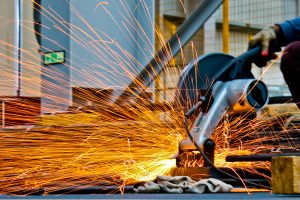
Think of it in terms of this contradiction: non-ferrous metals are known to be very light – but also very strong. That great strength makes them durable. That strength and durability combined with their light weight, is appealing for a large number of manufacturers, including the airline industry.
Non-ferrous metals are often harder to come by than ferrous metals. Their biggest advantage is their malleability, or their ability to be pressed out of shape without breaking.
Having no iron content gives them a higher resistance to rust and corrosion. That’s why they often get used in roofing projects or in creating outdoor signs. They’re also non-magnetic, which is why they get used in a lot of electronic and wiring applications.
Non-ferrous Metal Recycling
Other forms of non-ferrous metals include:
- Aluminum, which is lightweight and frequently used in manufacturing aircrafts or food cans. It’s also used for building cars, railways and kitchen utensils.
- Copper is principally used by the electrical industry for wiring and other conductors, as well as for sheet roofing, statutes, bearings and to make brass.
- Lead is a malleable metal that can withstand corrosion from moisture, so it’s widely used in electrical power cables, batteries, and the construction of buildings.
- Zinc, which can be machined easily, is widely used in galvanizing, which is the process of applying a protective zinc coating to iron or steel to prevent rust.
- Tin is often employed to coat steel to prevent corrosion, and tinplate steel is used to make tin cans for food.
According to data from USGS and the Commerce Department, in 2017 the United States recovered more than 8.5 million metric tons of non-ferrous scrap. ISRI estimates that this non-ferrous scrap was worth more than $30 billion.
Fun Fact: A used aluminum can is recycled and back on the grocery shelf in as little as 60 days!
Not to mention, that the energy saved from recycling aluminum beverage cans in the U.S. could fuel more than 1 million cars on the road for a full year.
In 2017, the U.S. scrap industry processed approximately 5 million metric tons of aluminum, 2 million metric tons of copper, 1 million metric tons of lead, 67,000 metric tons of zinc, and 120,000 metric tons of nickel.
In terms of volume, non-ferrous scrap makes up only 5 percent of the total quantity of material recycled in the United States. However, by value, non-ferrous metal scrap accounts for more than half of the total U.S. scrap recycling industry earnings.
How To Tell The Difference Between Metals: Ferrous and Non-Ferrous Metals
Both ferrous and nonferrous metals are used in a wide variety of industries. And if you run a business and are interested in recycling the scrap metals no longer being used, it helps to know the difference between the two.
It also helps to know which industries use which metals, and why.
Both ferrous and non-ferrous metals are common in a variety of products. They can be found in our homes, cars, and office buildings.
Any business going through a remodeling or reconstruction project, or replacing aging pipes or electrical systems, chances are you have scrap metal available that can be recycled.
GLE Scrap Metal buys, processes, and sells all grades of ferrous scrap metal, the base metal that sticks to a magnet.
Most important, we provide expert ferrous processing services to a host of clients, including private businesses, demolition companies, and the general public. We can help with the ferrous and non-ferrous metal recycling, to safely dispose of metals in order to prevent them from contaminating the environment.
Your scrap metal can provide you with additional revenue. It can also provide all of us with a cleaner and healthier environment.
The same is true with GLE buying, processing, and selling all grades of non-ferrous scrap metal. Scrap metal recycling helps all of us sustain the environment.
GLE can offer your site 55-gallon drums and containers ranging from 10 to 80 yards in size to suit your site and maximize efficient payloads.
Call 855-SCRAP-88 today to learn more and request a quote.


